Beginner’s Guide to WooCommerce SEO in 2024 (Tips & Tricks)
Despite the fact that eCommerce businesses thrive by their ability to attract new customers, many online stores don’t realize the importance of SEO to attract new customers. Almost 39% of eCommerce traffic tends to come from online searches.
The ROI from SEO campaigns has consistently been among the greatest of any eCommerce marketing campaigns. eCommerce SEO involves making online stores more visible and highly ranked in search engine result pages (SERPs), which will ultimately increase organic traffic and conversion rates.
Before we start, it’s worth mentioning that what applies to WooCommerce SEO also applies to any other eCommerce website, whether it is Shopify or anything else, but for the sake of this post (and our experience), we will be focusing on WooCommerce SEO.
Is WooCommerce SEO Worth It?
Businesses are continuously looking for ways to obtain a competitive edge and prosper in eCommerce as it continues to grow. Often eCommerce store owners keep wondering, is it really worthwhile to invest in eCommerce SEO as the industry continues to grow?
WooCommerce SEO offers an abundance of possible benefits that can have a big impact on the success of online businesses. Businesses can increase their exposure in search engine results, attract targeted organic traffic, and eventually drive conversions by leveraging the power of SEO. An effectively developed SEO strategy targeted to the specific needs of an eCommerce store can open up a world of possibilities.
However, it’s important to acknowledge the challenges that come with WooCommerce SEO. There is fierce competition and search engine algorithms are ever-evolving. Achieving and maintaining organic rankings can be a formidable task. You will invest time, resources, and expertise to execute a successful WooCommerce SEO campaign. You will need to carefully consider the resources you allocate.
In this article, we will dive into the realm of WooCommerce SEO to assess its true worth. We will look at the potential benefits, and challenges and aim to provide insights that can help your business make informed decisions about running WooCommerce SEO Campaigns. You’ll gain an understanding of the return on investment (ROI) and the long-term impact. You can then determine if the rewards outweigh the efforts.
Potential Benefits of WooCommerce SEO
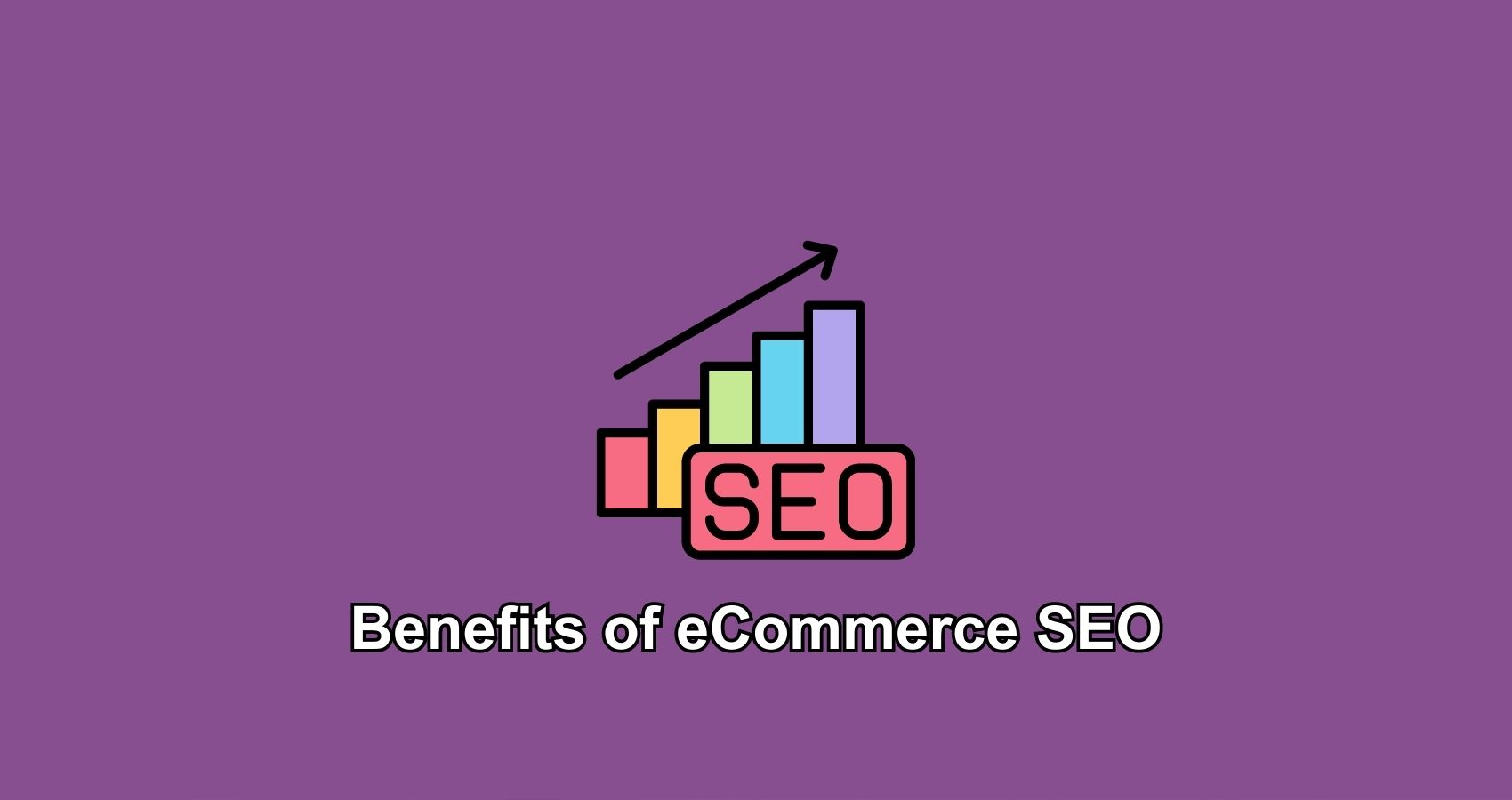
1. Increased Organic Traffic
One of the primary advantages of implementing WooCommerce SEO is the potential to drive increased organic traffic to your store. There are several ways to improve your search engine rankings, for example, by optimizing your content, meta tags, and keywords.
As a result of these optimizations, your WooCommerce store ranks higher and becomes more discoverable to users searching for products or services related to your business.
Increased organic traffic not only brings more potential customers to your website but also helps create a sustainable source of ongoing traffic without relying heavily on paid advertising. Make sure you know how much traffic your WooCommerce Store can handle, you don’t want the increased organic traffic to affect your website’s uptime.
2. Improved Search Engine Rankings
WooCommerce SEO aims to improve your website’s rankings in search engine results, particularly on platforms like Google. Higher rankings positions for your online store increase the likelihood that users will click through to your website.
Studies have shown that users tend to trust and click on the top-ranked results, perceiving them as more authoritative and relevant. Higher search rankings can also result in greater visibility, brand exposure, and a competitive edge.
3. Higher Conversion Rates
Conversion rates are a critical metric for WooCommerce success. WooCommerce SEO can contribute to higher conversion rates by attracting targeted traffic to your website. If a user is searching for your product or service, it means they are already interested in it. Otherwise, why would they be searching for it?
This increases your chances of conversion. By optimizing your WooCommerce site’s content, user experience, and product pages, you can create a compelling and seamless browsing experience that encourages visitors to convert into customers.
Improved visibility and targeted traffic from SEO efforts can result in higher conversion rates, increasing your revenue and overall business profitability. Remember conversion rates can also be boosted by the user experience. Here are 5 ways to boost WooCommerce conversions.
Potential Challenges with WooCommerce SEO

Competitive Landscape
One of the significant challenges of WooCommerce SEO lies in the highly competitive nature of the online marketplace. Numerous businesses are competing for visibility and trying to capture the attention of their target audience. As a result, breaking through the noise and outranking competitors can be a formidable task.
Established WooCommerce giants and niche-specific competitors often have robust SEO strategies in place, making it challenging for new or smaller businesses to compete on equal footing. Overcoming the competition requires thorough research, strategic planning, and the implementation of innovative SEO tactics to differentiate your WooCommerce site and stand out from the crowd.

Time and Resource Investment
Effective WooCommerce SEO is not a one-time endeavor but an ongoing process that demands time, effort, and resources. Implementing SEO strategies, conducting keyword research, optimizing content, and monitoring performance requires a significant investment of time and expertise.
In addition, keeping up with the ever-evolving search engine algorithms and best practices requires continuous learning and adaptation.
For businesses with limited internal resources or without dedicated SEO teams, it can be challenging to allocate the necessary time and expertise to execute a comprehensive WooCommerce SEO campaign. Outsourcing to SEO professionals or agencies can be an option, but it entails additional financial investment.
Considering the potential benefits and challenges discussed, evaluating the worthiness of WooCommerce SEO requires careful consideration. While the competitive landscape and resource investment can pose challenges, the potential rewards make it worthwhile for online stores.
Measuring ROI of WooCommerce SEO
Return on Investment (ROI) is critical to measure the effectiveness and profitability of any business investment, not just SEO. In the SEO context, it’s simply the value generated from the resources and efforts invested in SEO. It provides insights into the financial impact and benefits derived from implementing SEO strategies.
Usually, ROI in SEO is measured by assessing the increase in organic traffic and improved search rankings and the impact on conversions and revenue. Although this sounds simple, calculating the SEO ROI can be challenging, it can require tracking various metrics and attributing specific outcomes to SEO efforts accurately.
For most WooCommerce stores, the ROI will be calculated using the following formula:
ROI = (Gain from Investment – Cost of Investment) / Cost of Investment * 100
Calculating the ROI will allow businesses to assess the profitability and success of their SEO strategies and make adjustments accordingly.
Factors Influencing the ROI of WooCommerce SEO
Industry and competition level
The industry in which a WooCommerce business operates plays a significant role in determining the ROI of SEO efforts. Some industries have higher competition and more saturated markets, making it more challenging to achieve top rankings and stand out from competitors. The level of competition directly impacts the resources and effort required to achieve desired results.
Target audience and market demand
Understanding the search behavior, preferences, and needs of the target audience can help optimize SEO efforts to align with their expectations. If there is a significant demand for the products or services that are offered, SEO can be quite effective in attracting potential customers and increasing conversions. If the market demand is low or the target audience is small, the potential ROI of SEO may be reduced. Conducting market research is key to identifying the target audience’s search patterns and interests.
SEO strategy effectiveness
A well-planned and executed strategy that aligns with best practices and search engine guidelines can yield positive results. This includes conducting thorough keyword research, optimizing on-page elements, building high-quality backlinks, improving user experience, and leveraging other SEO tactics.
Regular monitoring, analysis, and optimization of the strategy based on data insights are essential for driving improved results and maximizing ROI. A poorly executed or outdated SEO strategy may lead to minimal impact on search engine rankings, organic traffic, and conversions, resulting in a lower ROI. The effectiveness of the SEO strategy implemented by a WooCommerce business directly affects the ROI.
Basic SEO Tips for WooCommerce Site
Implementing basic SEO principles is the foundation to any good SEO strategy, it doesn’t matter what size or industry you are in. Get ready to discover some essential SEO tips that will work like magic for any WooCommerce website!
In this section, we’ll walk you through the fundamentals, giving you a strong foundation to build your SEO strategy.
1. Keyword Research and Optimization

Keyword research is a key pillar of an effective SEO strategy for any WooCommerce site. You need to research keywords or phrases that your target audience is searching for. By understanding what users are looking for with these keywords, you can make sure your content meets their needs and improves your chances of ranking higher in search results that matter to them.
You can use tools like Google Keyword Planner, SEMrush, or Moz. Look for keywords that have a high search volume, moderate competition, and relevance to your products. Additionally, you may want to consider long-tail keywords, which are more specific phrases that can help you target niche audiences and capture highly qualified traffic.
2. On-Page Optimization
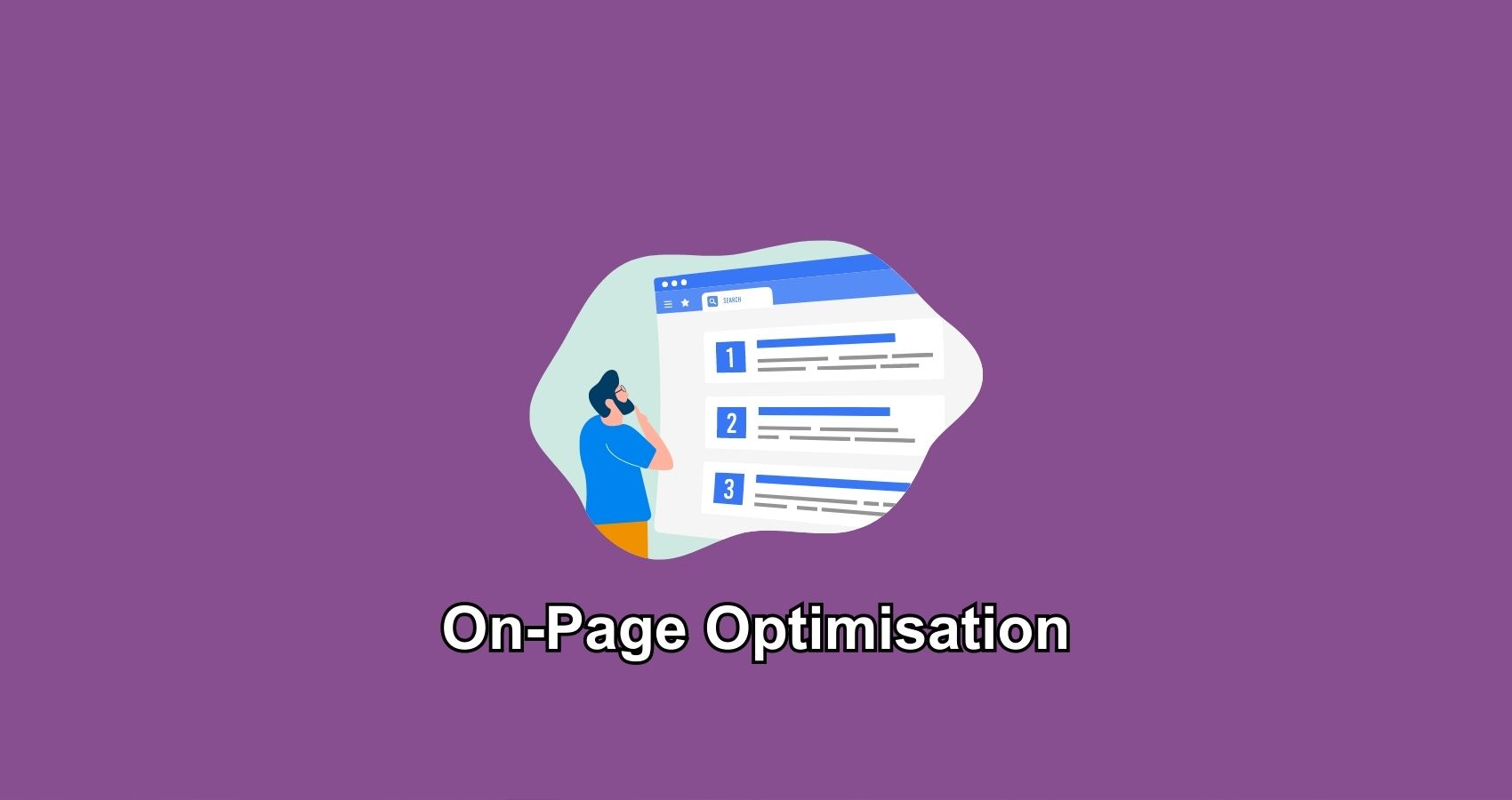
Once you have identified the target keywords, it’s important to optimize your product descriptions, titles, and metadata accordingly. You need to incorporate the selected keywords naturally into your content, keeping in mind the user experience and avoiding keyword stuffing, which can negatively impact your search rankings.
Craft compelling and descriptive product descriptions that not only include the target keywords but also provide valuable information to potential customers. Make sure you use unique and attention-grabbing titles that accurately represent your products and incorporate relevant keywords.
Your metadata should include meta titles and meta descriptions and should be optimized for search engines and clearly convey the purpose and value of the respective product pages.
Keyword research and optimization are ongoing processes and require regular analysis, adjustments, and staying updated with evolving search trends.
3. Technical SEO
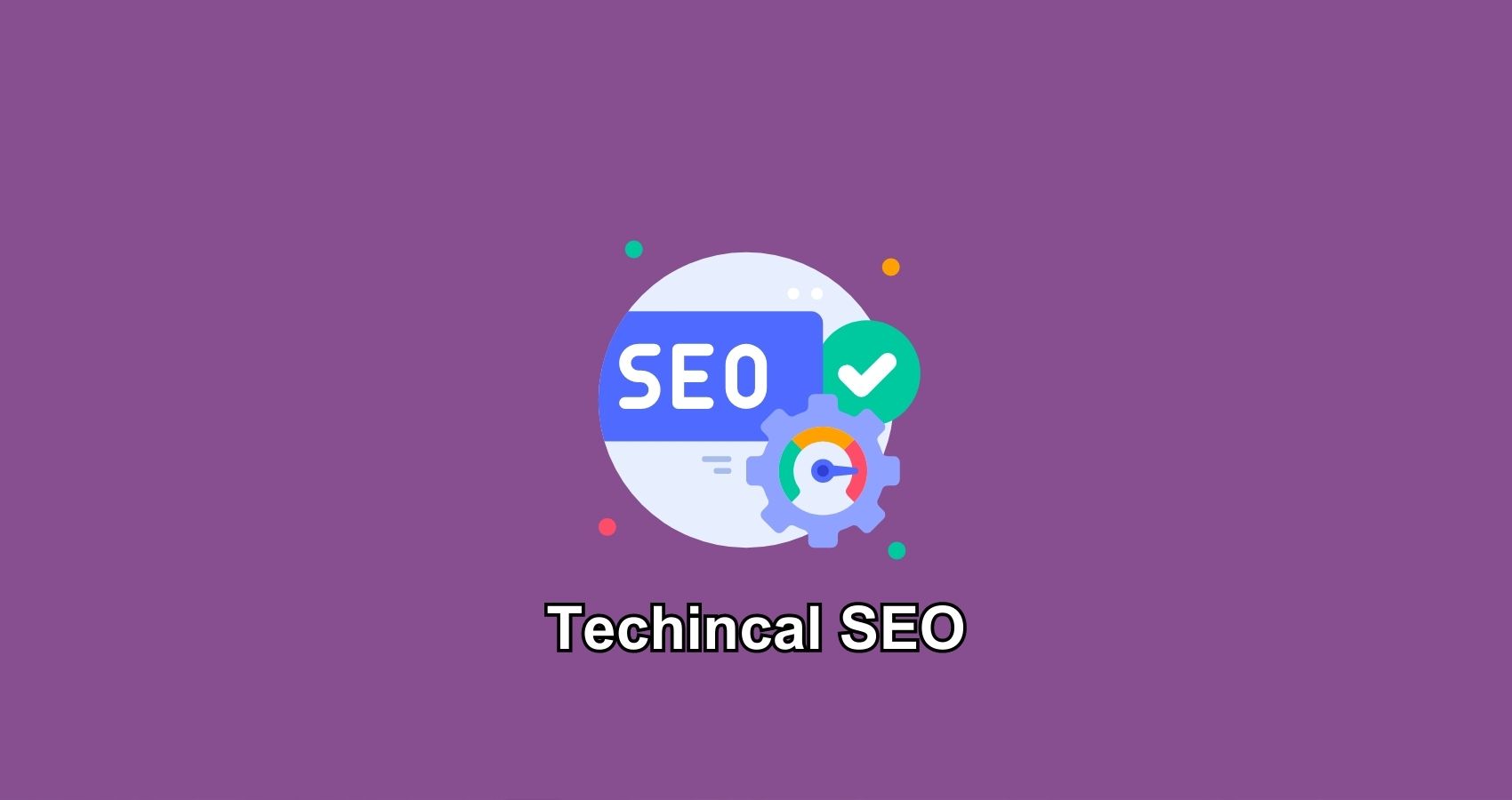
Technical SEO plays a crucial role in optimizing your WooCommerce site for search engines and improving overall website performance. It involves addressing the technical aspects that impact how search engines crawl, index, and understand your website.
The two key aspects of technical SEO involve website speed and accessibility to both users and search engines. Here are fundamental technical SEO optimizations that you must work on.
- Website Speed and Performance: Website speed is not only a critical factor for technical SEO but also for user experience. Optimize your WooCommerce site’s loading speed by compressing images, leveraging browser caching, and minimizing unnecessary scripts. CDNs are also a great way to ensure your website loads fast across the globe. Regularly monitor your site’s performance using tools like Google PageSpeed Insights or GTmetrix and make necessary optimizations to improve loading times. We have an excellent guide on how you can boost WooCommerce Performance.
- Mobile-Friendliness and Responsiveness: Mobile traffic surpasses desktop traffic for most websites now. Implement responsive web design to ensure your website adapts seamlessly to different screen sizes and devices. Test your site’s mobile-friendliness using Google’s Mobile-Friendly Test and make necessary adjustments to enhance the mobile user experience.
- Website Structure and Navigation: An organized website structure and intuitive navigation are vital for both users and search engines. Ensure your WooCommerce site has a logical hierarchy and clear internal linking structure. Optimize your navigation menu, making it easy for visitors to find products and navigate through categories. Implement breadcrumbs to provide users with clear paths and improve search engine crawlability.
- URL Structure and Optimization: Optimize your WooCommerce site’s URLs to be descriptive, and user-friendly, and include relevant keywords where appropriate. Avoid long, convoluted URLs with unnecessary parameters or session IDs. Include relevant product or category names in the URL to provide both users and search engines with clear indications of page content.
- Schema Markup and Rich Snippets: Implement schema markup on your WooCommerce site to provide search engines with structured data about your products, reviews, and other relevant information. This can help search engines display rich snippets in search results, providing users with additional context and enticing click-throughs.
4. Link Building
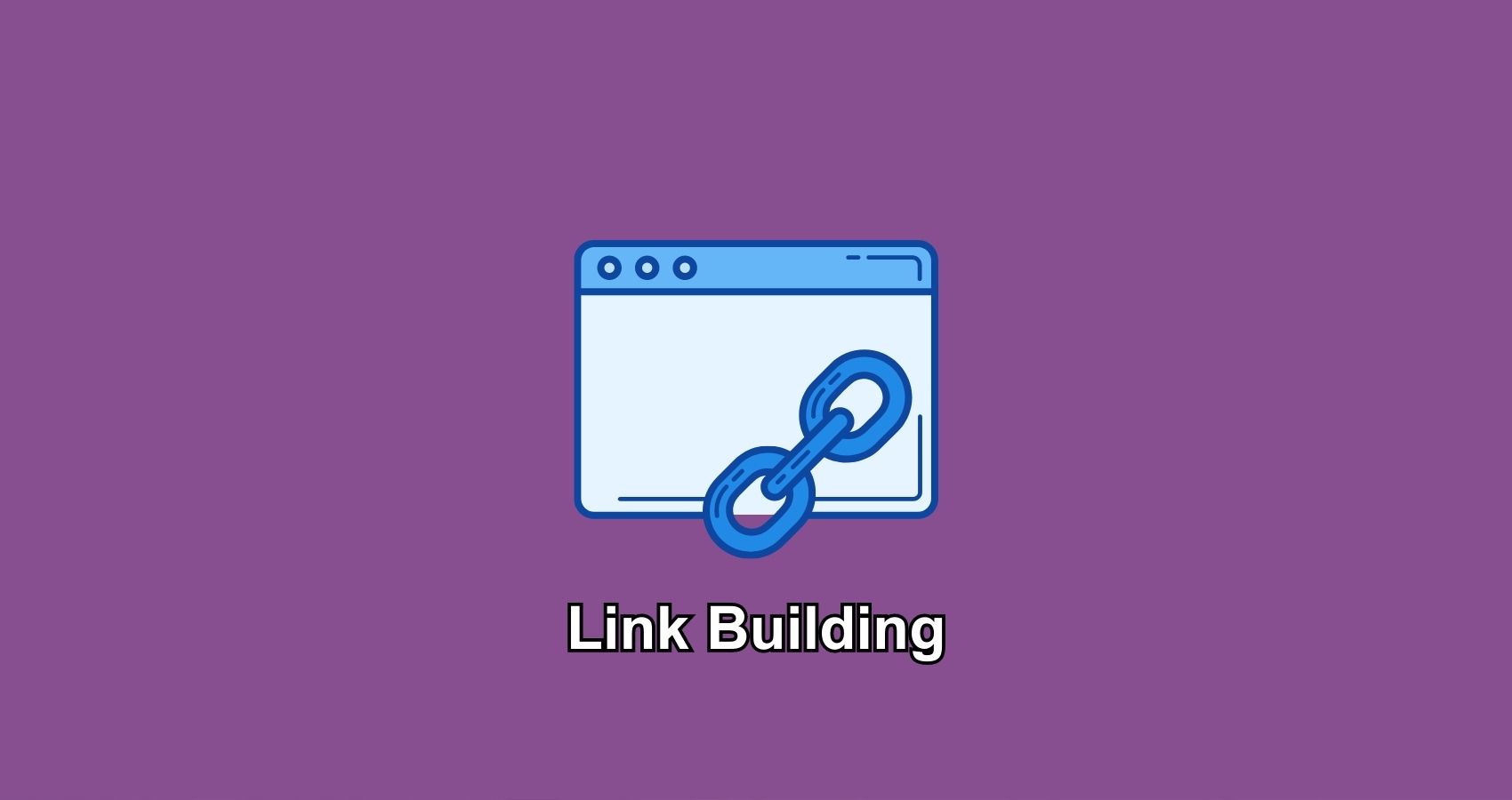
Link building simply involves getting other websites to link to pages on your website. It’s a crucial component of off-page SEO that helps establish your WooCommerce site’s authority and trustworthiness in the eyes of search engines. Search engines tend to look at each backlink as a vote to your website. Here are key strategies to consider when building links for your WooCommerce site.
- Create Compelling and Shareable Content: Develop high-quality, informative, and engaging content that naturally attracts backlinks. By offering valuable resources, insightful blog posts, product guides, or industry reports, you increase the likelihood of other websites linking to your content. Shareable content acts as a magnet, encouraging influencers, bloggers, and industry experts to reference and link to your WooCommerce site.
- Guest Posting and Blogger Outreach: Reach out to influential bloggers, industry experts, and related websites within your niche to explore guest posting opportunities. By contributing well-crafted guest articles on reputable websites, you can establish your authority, gain exposure, and acquire valuable backlinks. Ensure that your guest posts provide unique value to the target audience and align with the host website’s content guidelines.
- Influencer Partnerships and Brand Mentions: Collaborate with influencers or industry experts in your niche to build mutually beneficial relationships. Engage with influencers through product reviews, sponsored content, or partnerships that naturally incorporate links back to your WooCommerce site.
- Online Directories and Local Citations: Submit your WooCommerce site to relevant online directories and local business listings. Ensure consistent and accurate NAP (Name, Address, Phone) information across various directories to boost local SEO. Listings in reputable directories can not only provide valuable backlinks but also improve your online visibility in local search results.
5. User Experience and Conversion Optimization

User experience (UX) and conversion optimization are essential aspects of WooCommerce SEO that focus on creating a seamless and engaging browsing experience for visitors, ultimately leading to higher conversion rates. These strategies focus on enticing visitors to take action, such as making a purchase or submitting a lead form. Here are key strategies to enhance user experience and drive conversions:
- Streamline Website Navigation: Make sure that your WooCommerce site’s navigation is intuitive and user-friendly. Simplify menu structures, categorize products effectively, and provide clear pathways for visitors to explore and find what they’re looking for.
- Optimise Page Load Times: Page speed directly impacts user experience and conversion rates. Optimize your WooCommerce site’s load times by compressing images, leveraging caching, and minimizing unnecessary scripts. A faster website creates a positive impression, reduces bounce rates, and improves the chances of retaining visitors.
- Effective Calls-to-Action (CTAs): Strategically place clear and compelling CTAs throughout your WooCommerce site. Use persuasive language and design elements that draw attention to the desired actions, such as “Buy Now,” “Add to Cart,” or “Subscribe.” Ensure that CTAs are prominently displayed and easily accessible to maximize their effectiveness.
- Simplify Checkout Process: Streamline the checkout process to reduce friction and cart abandonment. Minimize the number of form fields, provide guest checkout options, and offer multiple payment methods. Make sure you display trust signals, such as secure payment icons and customer reviews during the checkout process.
- A/B Testing and Analytics: Implement A/B testing to experiment with different design elements, CTAs, or page layouts to determine which variations drive higher conversions. Regularly analyze user behavior, conversion funnels, and other metrics to identify areas for improvement and make data-driven decisions.
6. Keeping up with SEO Trends and Algorithm Updates
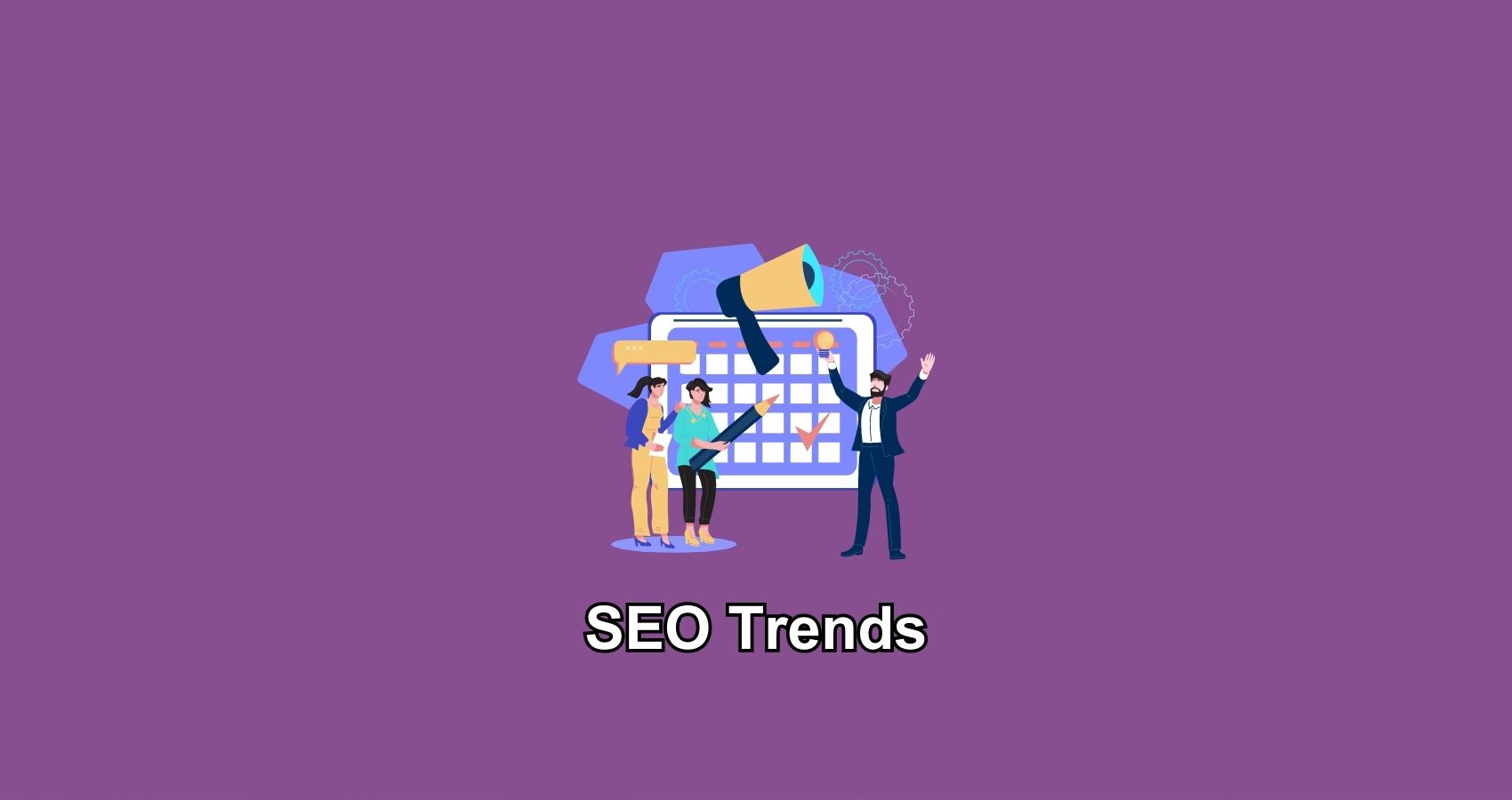
After putting in all the hard work when you have achieved high rankings in search results, the last thing you want is an algorithmic update that wipes out your efforts. Search engines continuously refine their algorithms to deliver the best possible search results to users. Ensure you have strategies in place to keep up with SEO trends and algorithm updates. Here are some strategies you can use to stay up to date.
- Stay Informed and Educated: Make it a habit to stay informed about SEO industry news, blogs, and reputable sources. Follow industry experts, subscribe to SEO newsletters, and participate in online forums and communities. This will help you gain valuable insights into emerging trends, algorithm updates, and best practices. Continual learning ensures you’re equipped with the knowledge needed to adapt your SEO strategies accordingly.
- Analyze Data and Performance Metrics: Regularly monitor and analyze your website’s performance using tools like Google Analytics and Search Console. Pay attention to key metrics such as organic traffic, conversion rates, and bounce rates. Try to Identify trends, patterns, and areas of improvement that can help you continuously optimize your WooCommerce site for better results. Data-driven insights are invaluable in adjusting your SEO strategies to align with the ever-changing search landscape.
- Adapt to Algorithm Updates: Search engine algorithms undergo frequent updates, which can impact your website’s search rankings and visibility. Stay informed about major algorithm updates from search engines like Google, including core updates, mobile-friendliness updates, and page experience updates. Understand the changes implemented and the implications they may have on your SEO efforts.
7. Invest in an SEO Plugin
There are a lot of plugins out there, and the one we’re using here on WPFactory is Rank Math.
Incorporating an SEO plugin into your WooCommerce site is a strategic move for scaling up your SEO efforts, but here is an important thing, such plugins will help you a lot, but they will not do your work, i.e. they are not enough to make you rank on Google, as it requires much more than installing a plugin & submitting a sitemap to rank.
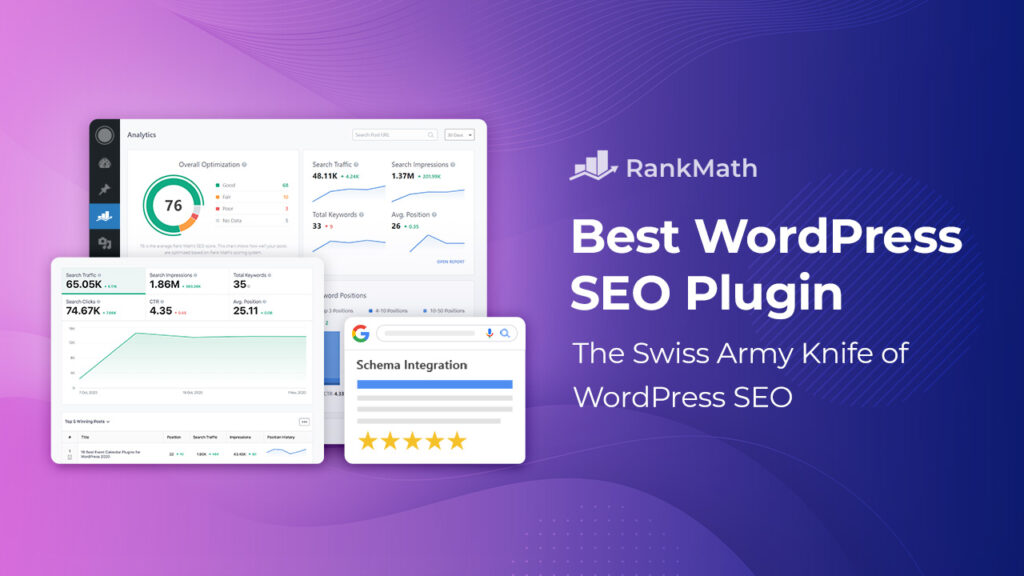
While there are several options available, Rank Math stands out as a noteworthy suggestion. An effective SEO plugin streamlines the process of optimizing your website, ensuring that as your business grows, your site remains optimized for search engines.
It simplifies tasks such as keyword optimization, meta tag management, and sitemap creation. While this piece highlights Rank Math, it’s important to consider your specific needs and preferences when choosing an SEO plugin.
The right tool can make a significant difference in improving your site’s visibility and driving more organic traffic to your WooCommerce store.
Conclusion
Congratulations on reaching the end of our WooCommerce SEO adventure! By now, you understand the worthiness of investing in SEO for your online business. Let’s recap the key takeaways in a nutshell:
- WooCommerce SEO is essential for increasing organic traffic, improving search engine rankings, and boosting conversion rates.
- While there may be challenges like competition and resource investment, the potential benefits outweigh the efforts.
- Understanding and targeting the right keywords that align with user intent is crucial for driving organic traffic to your WooCommerce site.
- Fine-tuning your website’s on-page elements such as meta tags, headings, and content structure is essential. By optimizing these elements with relevant keywords and providing valuable information, you can improve your site’s visibility, user experience, and search engine rankings.
- Technical SEO ensures your website is fast, mobile-friendly, and easy to navigate, providing a smooth experience for users and search engines.
- Building high-quality backlinks establishes your authority and trust, enhancing your online visibility and credibility.
- Optimizing user experience and conversions with compelling content, streamlined navigation, and irresistible calls-to-action leads to happier visitors and more sales.
- Keeping up with SEO trends and algorithm updates ensures you stay ahead of the game and maintain your competitive edge.
Remember, WooCommerce SEO is not a one-time task but an ongoing journey. Stay curious, keep learning, and adapt your strategies to the ever-changing digital landscape. By embracing the power of SEO, you’ll unlock the true potential of your WooCommerce site, attract more customers, and thrive in the online marketplace.
So, gear up, put your newfound knowledge into action, and get ready to skyrocket your WooCommerce success with SEO. We hope your WooCommerce SEO journey is filled with increased visibility, happy customers, and continued growth. Happy optimizing!






